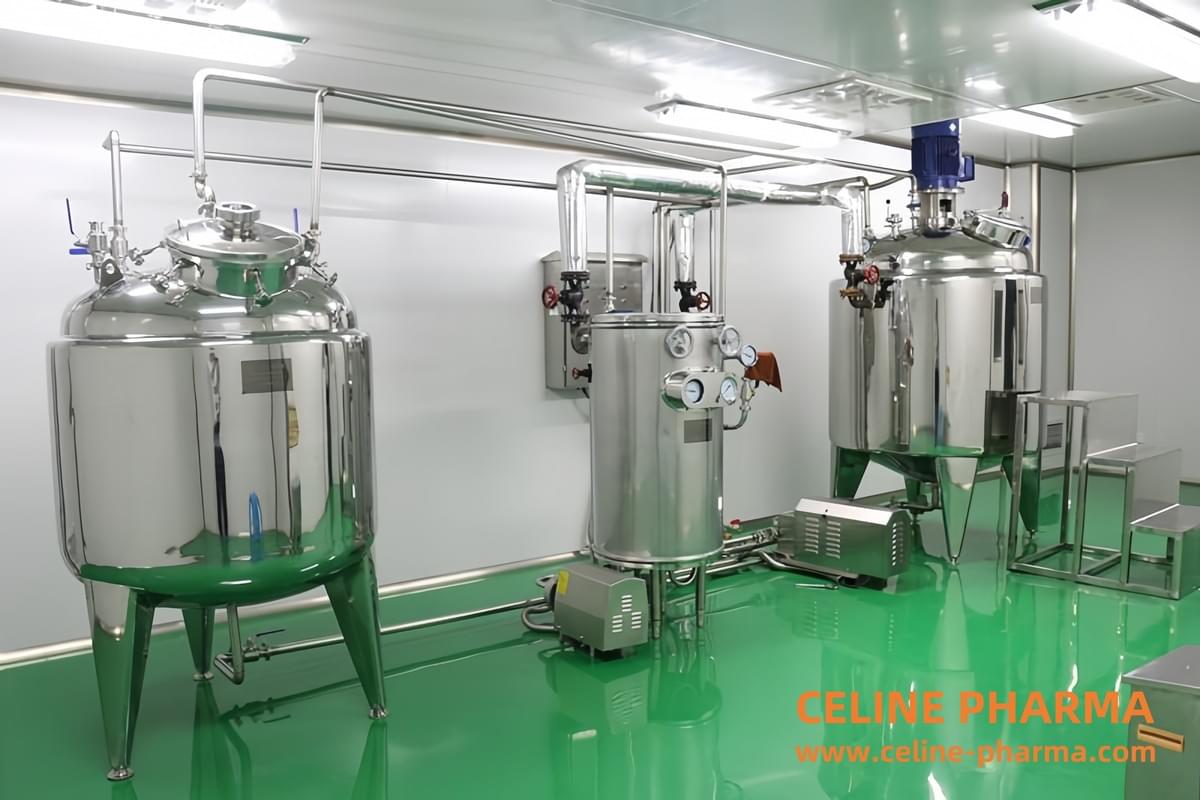Gelatin Melting Process in Soft Capsule Production

In soft capsule manufacturing, the gelatin melting process is a critical step. Typically, gelatin powder and plasticizers are added to a melting reactor and mixed under agitation at 60–95°C to fully dissolve the gelatin. The melting conditions depend on the capsule shell formulation and the gelatin’s gel point, which correlates with its mechanical/thermal properties.
The water-to-dry-gelatin ratio (0.7–1.3 w/w) is adjusted based on the gelatin source’s viscosity. After complete melting, additional ingredients (e.g., opacifiers, colorants, preservatives) can be directly introduced into the reactor or pre-mixed with plasticizers. Note that opacifiers often require extended mixing (e.g., in rotating drums), while other components may need high-speed dispersion.
The gelatin mixture is then homogenized under vacuum, followed by filtration to remove undissolved polymers. The final gelatin solution is stored in temperature-controlled tanks (57–60°C) until encapsulation.
Key Considerations:
- Physical properties (viscosity, flowability, tackiness) are vital for capsule formation, especially when using rotary die or plate molding.
- Thermal sensitivity: Gelatin is a "live" material—prolonged heat exposure can cause depolymerization, reducing gel strength and viscosity over time.
This controlled process ensures consistent gelatin ribbons for high-quality soft capsules.
If there is any questions about softgel encapsulation machine and technology, welcome to contact us (Whatsapp: +86 151 011 79357) for further discussion~
#Softgel #SoftgelCapsules #SoftgelMelting #SoftgelCalciumSupplement #SoftgelDieRoll #SoftgelDesign #SoftgelDrugs #SoftgelEncapsulationMachine #SoftgelEncapsulation #SoftgelEncapsulationMachinePrice #SoftgelMachineSolution #PharmaceuticalEquipment
